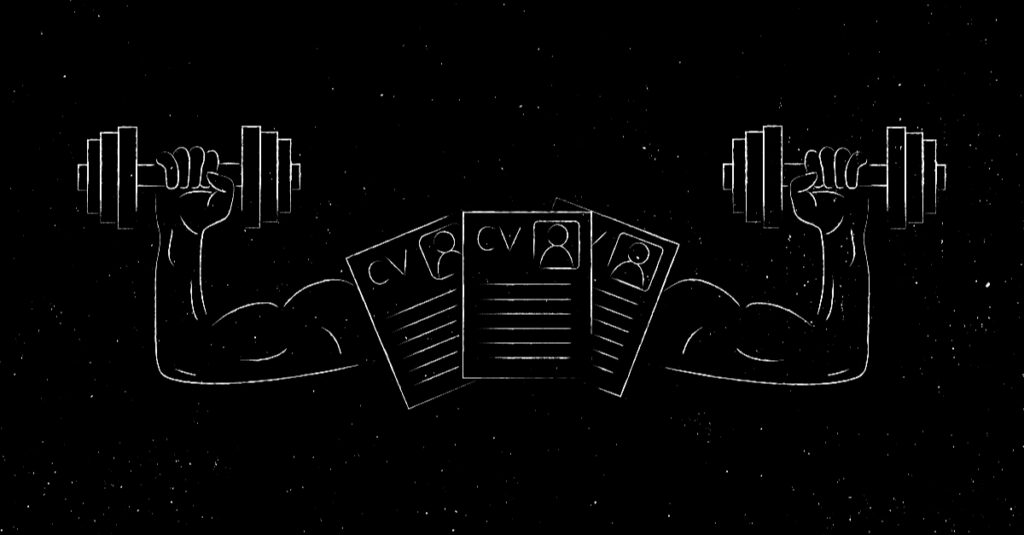A great resume is crucial to landing a new job, but building a strong resume can often feel difficult and overwhelming. When you’re looking for a job, the last thing you want is to be unsure if your resume hits the mark. Every application you put out relies on the quality of your resume, so it’s important to be sure you’ve assembled a strong representation of your experience and skills in your resume before you begin the application process.
What to Include in a Resume
The purpose of a resume is to showcase your experience, but what does this actually mean and how do you go about doing it? There are a few dos and don’ts of resume content to be mindful of as you decide what to include in your final draft:
The Dos of Resume Content
- Do include your name and contact information — Make sure your name is prominent at the top of the resume and include the best way to contact you, typically your email address and/or phone number.
- Do tailor your resume to include relevant experience for the role — Every role is different and tailoring your resume to the role you’re applying for is a great way to stand out. What specific skills, experience, or keywords does the job description list that fit your career profile? Be sure to include those throughout your resume.
- Do include a Skills section — Whether it’s technology tools you’ve picked up over the years, certifications you’ve gained, or soft skills you excel at (think Organizational skills, Client presentations, etc.), make sure you include them in a specific Skills section on your resume. Keep the list relatively short so the impact is high.
The Don’ts of Resume Content
- Don’t make your resume longer than 2 pages — The old 1-page resume rule is outdated and unnecessary. If you have 10 years of experience under your belt, you’ll likely need more than 1 page to showcase it all in a meaningful way. But go beyond 2 pages in length and you’ll lose your reader.
- Don’t go into detail on unrelated work — If you’re applying for a Software Engineer position, keep the details about your Office Manager position brief. If the work is unrelated to the role you’re applying for, going into detail will only highlight work that isn’t relevant to your application. Instead, focus on the transferable skills and experience you learned from that position and keep it to 1 or 2 bullet points.
- Don’t make your resume too flashy — A little color and some design elements, while unnecessary, can go a long way, but take it too far and suddenly you’re overwhelming the reader’s eyes. Keep the design flair to a minimum so the reader can focus on the content.
Revising Your Resume
Once you have a strong resume, feel free to start applying and sending it out. If you don’t get a great response, be open to making changes. Every couple weeks during the job searching process, take a fresh look at your resume, read it out loud, and ask yourself what could be better.
A resume is an ever-living document. Don’t forget to add to it as you evolve in your role, take on more responsibility, and understand what makes you unique and valuable as an employee. This will keep the update process from being arduous and stressful next time you look for a job. Instead, your resume will be ready and waiting for you to use again!


